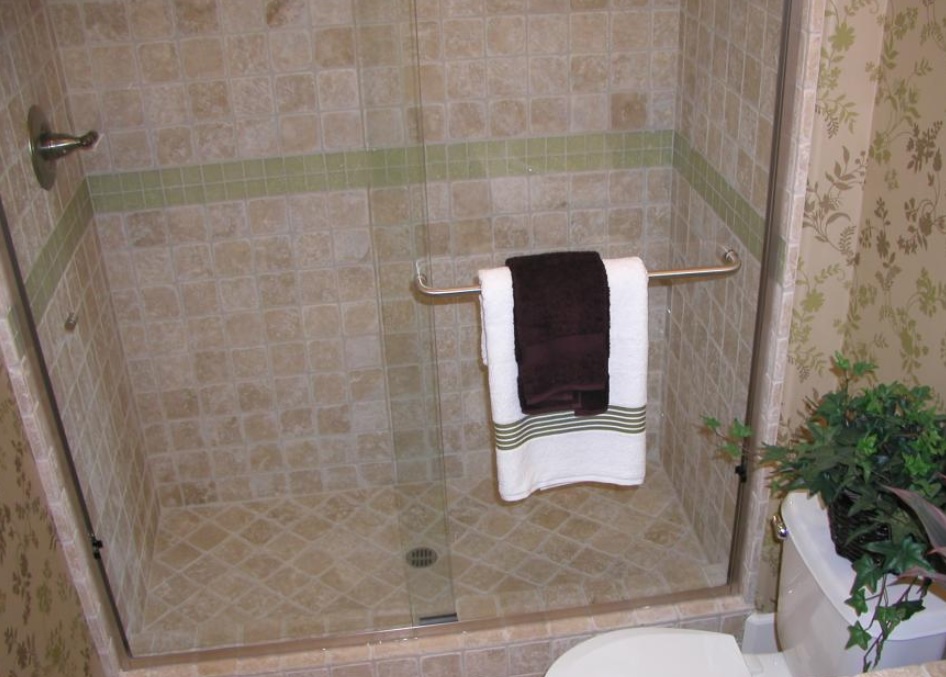Most of us have encountered a clogged up drain when we find ourselves standing in a couple of inches of soapy water in the tub or shower stall. The most common cause of a shower drain clog is hair that has become trapped under the drain cover. Fixing this problem is relatively simple without plumbing training, and you don’t need any special tools. But, the first problem that you will encounter is removing the shower drain cover safely. Let’s take a look at the process in a little more detail.
Which Type of Drain Cover Do You Have?
There are three main types of shower drain covers, and each one must be removed in a different way, they are:
- Screw-in: At first glance, these shower drain covers are similar in appearance to a strainer. As the name suggests, these are screwed into place, and when you need to remove them, they unscrew easily. Just make sure that you’re using the right screwdriver to avoid damaging the screw, which will make the job harder.
- Pop-up: These simple drain covers usually pull off the drain easily with a little force. If the cover has been in a place a long time, it may be stuck. Simply wiggle the drain cover a little and apply a little gentle force, and it should come free.
- Toe-touch: As you may suspect from the name, this type of drain cover is operated with a touch of your toe. The typical way to remove a toe-touch shower drain is to unscrew it when it’s in the open position. If you can’t remove it in this way, you may need to remove the entire drain.
There are other types of drain covers, including flip-it, push/pull, lift/turn, and more. These drain covers can be harder to remove without professional help from your local certified plumber. If you decide to remove the drain cover, take your time and remember left loosey and righty tightly to avoid any confusion.
Removing the Shower Drain Clog
Now that you’ve removed the shower drain cover, it’s time to deal with the clog, and there are a few approaches you can take, they are:
- Manual Removal: In many cases, you may be able to see the clog near the surface of the drain. You may be able to free it with the tips of your fingers or a pair of tweezers. This can take a little time, and it’s not a pleasant task. Expect to pull free a lot of hair mixed with soap scum and other material. If the clog is a little deeper, you may be able to loosen it with a cup plunger. Dispose of the clog in the trash, wash and disinfect your hands and consider clearing the drain with the following method.
- DIY Drain Cleaner: There are many homemade drain cleaning recipes online that can be very effective. Some useful store cupboard ingredients include baking soda, lemons, and vinegar. Another simple way to clear a drain is to pour in some hot water to melt any remaining clog remnants.
- A Chemical Drain Cleaner: This type of product should be avoided at all costs and never used in your plumbing system. The caustic chemicals will damage your plumbing pipes and drains, leading to an expensive repair bill.
If you need help to clear a persistent clog, get in touch with your local certified plumber today.





